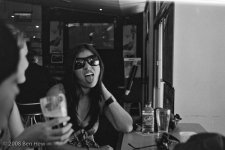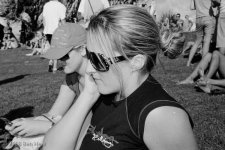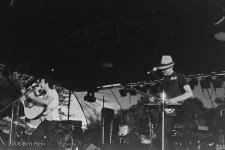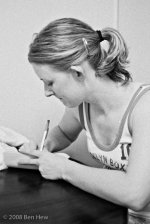benno
Hack.
Hi guys,
I'm about to develop a few films, after having only a brief flirtation with DIY developing many years ago. And consequently I have some questions that I hope the collective wisdom of RFF can help me with (as the search function didn't help much).
1. Can anyone recommend an easy developer that works well with both Neopan 400 and 1600? Keep in mind my noob status... My local shop has Ilford LC29 in stock but anything else would have to be ordered in (from these guys most probably unless any other aussies have a recommendation)
2. I don't have a thermometer yet - how critical is this? If I get one, does it have to be a special photographic one?
3. Dishwashing liquid instead of photoflow? Squeegee/no touchy? Thoughts on the above?
I'm sure I'll have many more q's to come!
Thanks guys.
Benno
I'm about to develop a few films, after having only a brief flirtation with DIY developing many years ago. And consequently I have some questions that I hope the collective wisdom of RFF can help me with (as the search function didn't help much).
1. Can anyone recommend an easy developer that works well with both Neopan 400 and 1600? Keep in mind my noob status... My local shop has Ilford LC29 in stock but anything else would have to be ordered in (from these guys most probably unless any other aussies have a recommendation)
2. I don't have a thermometer yet - how critical is this? If I get one, does it have to be a special photographic one?
3. Dishwashing liquid instead of photoflow? Squeegee/no touchy? Thoughts on the above?
I'm sure I'll have many more q's to come!
Thanks guys.
Benno
Last edited:








